Empty calorie carbs are no longer nutritionally intact, the way nature designed them. They contribute to malnutrition, excess hunger, and out of control food cravings.
The fiber and majority of naturally occurring nutrients have been removed during processing, and you are left with a low-volume, calorie-rich, nutrient-poor, empty-calorie food. Empty-calorie processed carbohydrates are easy to identify and easy to avoid if you know what to look for.
Luckily, there really are only a few empty calorie carbohydrate ingredients you want to avoid. That’s the good news.
The Four Worst Carbs
The bad news is that the following empty-calorie carbohydrate ingredients are ubiquitous in modern society and found in numerous processed food products. Keep your eyes open and avoid using the following processed empty-calorie carbs in the recipes you make and in the packaged foods you buy.
 - Table of Contents -
- Table of Contents -
Empty Carb #1: Refined Flour
Refined flour is enriched flour, wheat flour, all-purpose flour, or any other flour that does not specifically have the word whole in front of it on the list of product ingredients. Refined flour is found in hundreds of processed food products. And it is basically the nutritional equivalent of table sugar.
The vast majority of flour and flour-based products sold in the United States are made from wheat. There is nothing intrinsically wrong with wheat, but in refining flour, the nutrient-rich wheat germ that contains antioxidant vitamin E along with a vast array of trace minerals and phytonutrients and the fiber-rich wheat bran are all removed. This leaves behind nutrient-poor, fiber-free starch. No nutrients equal empty calories.
Along with sugar, white flour is the ultimate empty-calorie carb. Enriched flours and all-purpose flours certainly sound more healthful than refined white flour, but they are all the same thing.
Enrichment refers to the government-mandated processes of adding small amounts of synthetic vitamins and minerals to refined flour after it has been processed. As required by law, all refined flour is enriched. The only reason flour is enriched is because all the good stuff was removed during processing!
Whole foods are not enriched, only processed foods are enriched. Enriched flour does not contain fiber, and synthetic vitamins and minerals that are added represent only a small portion of the nutrients that were removed during processing. Furthermore, your body does not recognize or use synthetic nutrients in the same manner it does naturally occurring nutrients. In addition, the disease-fighting phytonutrients are lost forever during the refinement process and are not added back.
Note: Even whole grain flour is not as healthful as the unrefined whole grain. Get the scoop on flour HERE.
Foods Likely to Contain Refined Flour
Bagels, Baked goods, Bread, Bread crumbs, Breaded meats and vegetable, Breakfast bars, Cakes, Cookies, Crackers, Muffins, Pancakes, Pasta, Pizza, Pretzels, Rolls, Waffles
Empty Carb #2: Refined Sugar
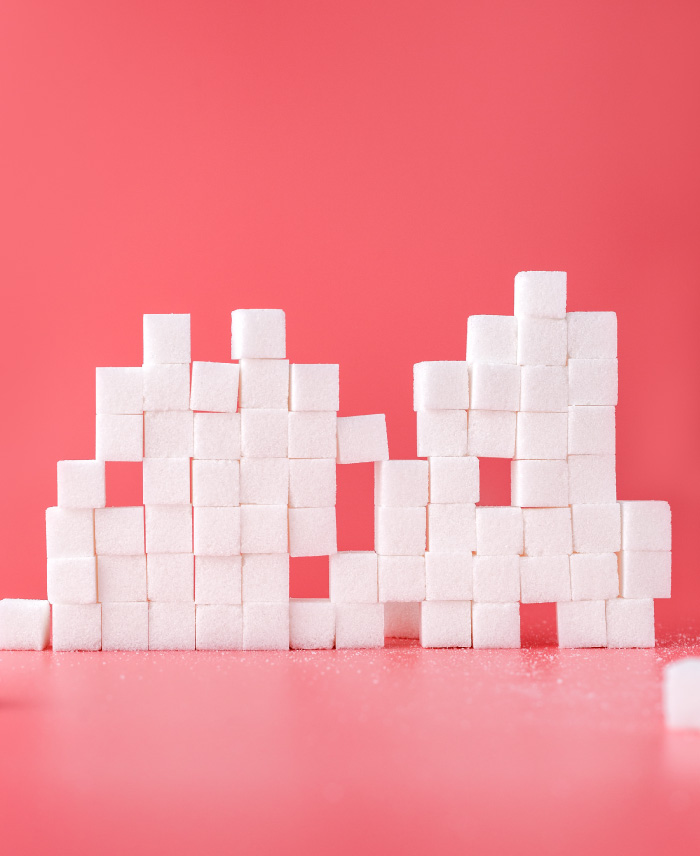
We don’t need to elaborate too much on sugar. Even a first grader can tell you eating too much sugar is not a good way to improve your health.
The problem is sugar, like flour, is everywhere! Start reading labels, and you’ll find sugar hidden in everything from spaghetti sauce to breakfast cereals to frozen food entrees.
According to the USDA, the average American adult consumes more than 64 pounds of sugar every year! To put that in perspective, 64 pounds of sugar translates to a whopping 108,800 empty calories eaten per year. Ugh.
Not only is sugar the perfect example of the ultimate empty calorie but it can also be a toxic age accelerator. In fact, diabetics are known to age on all levels significantly faster than non-diabetics largely due to the toxic effects of sugar. Eating excess amounts of sugar can wreak havoc with your cells on the inside but also damage your skin on the outside too.
According to researchers sugar binds to the proteins collagen and elastin and works to make it harder for skin to repair itself. In healthy, youthful skin collagen fibers twist together in linear strands, but when sugar gets clumped on to collagen the fibers can’t pack together as tightly so the skin begins to look wrinkled and old. The older you get, after about age 35, the less resilient your skin becomes and the less capable it is of repair after repeated sugar attacks.
No doubt, less sugar is better.
Note: One of our favorite unrefined sweeteners is Organic Coconut Palm Sugar — it tastes and bakes like brown sugar and yet it is not refined, so it still contains some nutrients. We wouldn’t necessarily classify coconut palm sugar as a “superfood”, but it is a much healthier choice than refined sugar and acceptable in moderation as part of Clean Cuisine.
Refund Sugars to Avoid – Don’t be fooled by these common sugar pseudonyms:
Dextrose, Fructose, Glucose, Sucrose, Maltose, Syrup, Cane juice, Raw sugar, Evaporated cane juice, Fruit juice sweetener, Corn sweetener, Corn syrup, High-fructose corn syrup, Modified food starch
Empty Carb #3: Fruit Juice
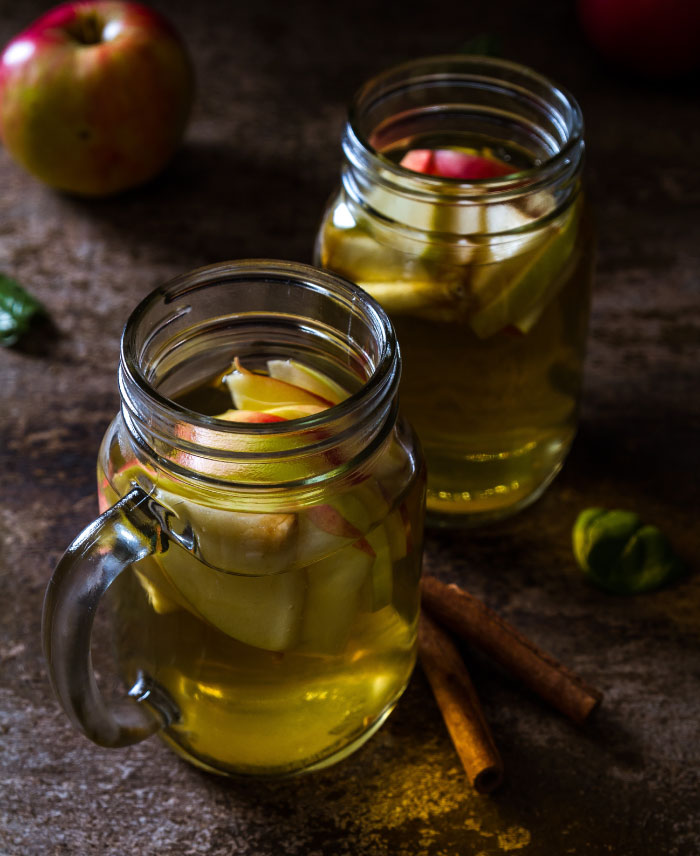
Okay, so maybe 100 percent fresh-pressed raw fruit juice (which is different in every way imaginable from the heated and pasteurized stuff you buy packaged at the supermarket) is not a totally empty-calorie carb, but it’s not optimal either.
Any way you pour it, juice provides a much more concentrated source of calories with fewer nutritional benefits compared to the “whole” fruit. Juice is missing the tummy-filling fiber and is therefore less filling than the whole fruit. This means fruit juice is especially undesirable if you are overweight or have diabetes.
The only juice that is really optimal to drink is “whole” juice, which is made from the entire whole fruit, pulp and all. When we make orange juice we peel an orange, quarter it, then put the whole orange segments in our and blend it up for fresh “whole” orange juice; we do not squeeze the juice from the orange and throw out the pulp. In fact, a high concentration of the phytonutrients found in oranges is concentrated in the inner white pulp. Why on earth would you want to throw out the fiber-rich and phytonutrient-rich pulp and drink just the sugary liquid?
By the way, we know the juicing craze is hot right now, but be sure to read the difference between juicing and blending “whole” fruit/ veggies HERE. There is a big difference!
Empty Carb #4: White Rice
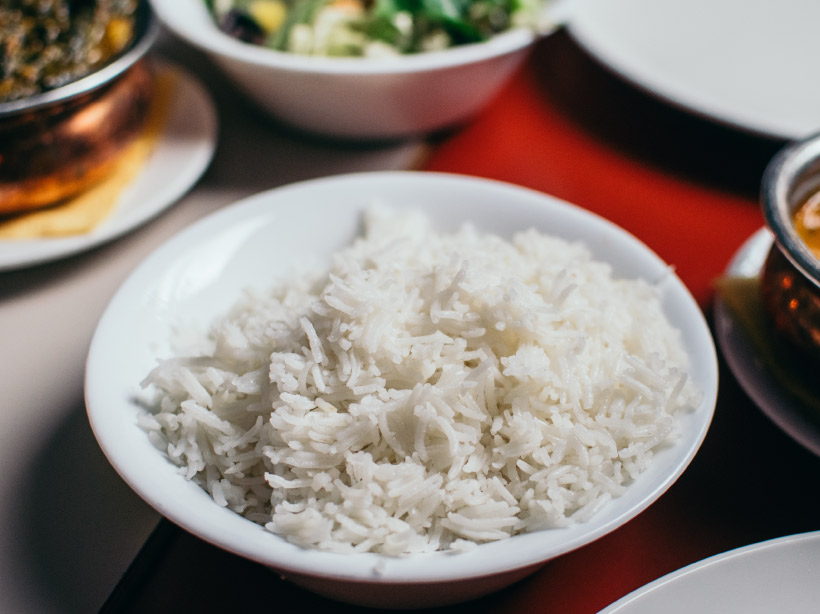
Just use brown rice, or better yet black rice. Short grain brown rice tastes basically the same as white rice, and black rice is absolutely delicious (not to mention loaded with antioxidants too!) We really have no idea why on earth the white stuff was ever eaten in the first place?
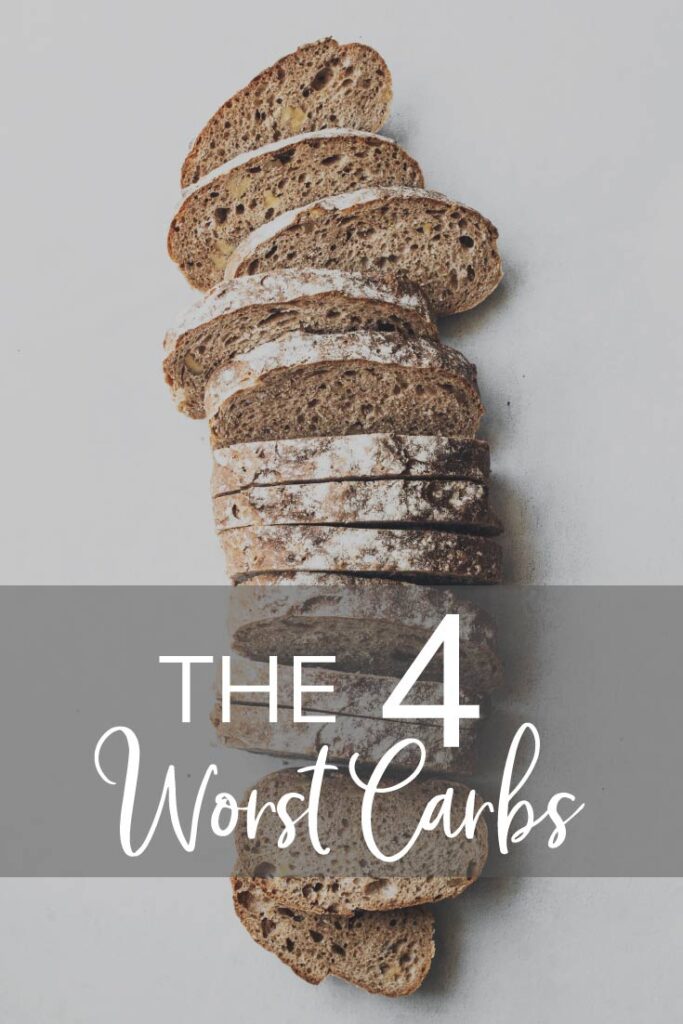
Pin this graphic for later!


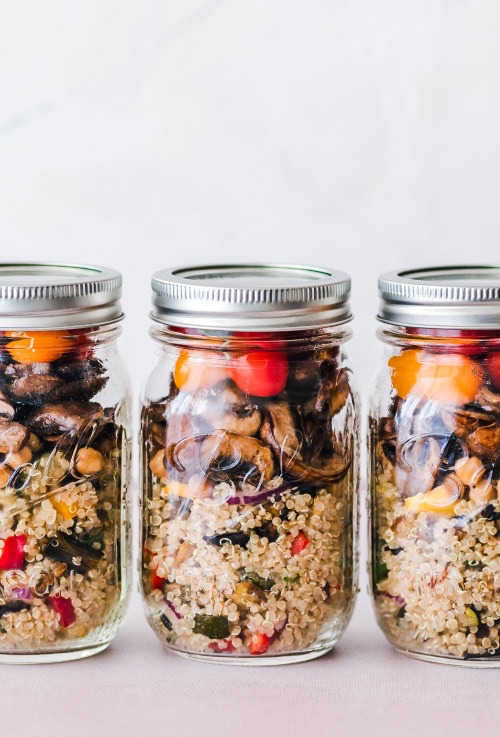


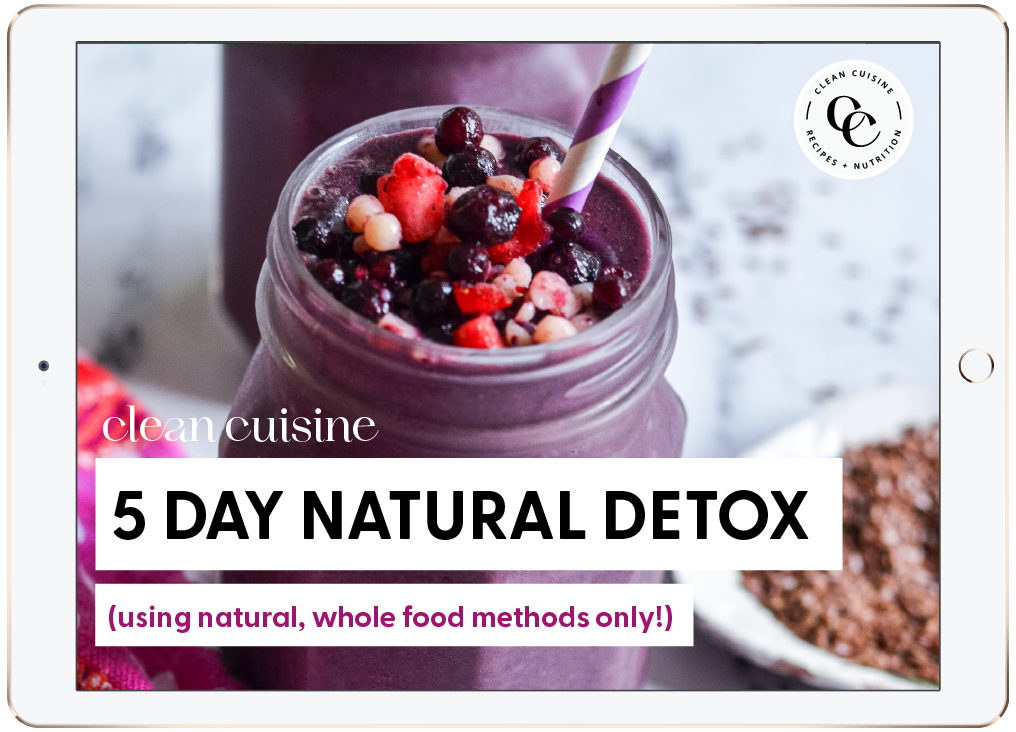

Karima
Friday 9th of December 2016
Hi Ivy,
Thanks for all the educational material you put on your site! Do you have any specific recommendations on bread/bagels that I can buy, which would fit the bill of this article. So overwhelmed by the store choices!
Thanks!
Karima
Ivy Larson
Friday 9th of December 2016
Hi Karima, So glad you find the information helpful. I know exactly how you feel as far as being overwhelmed too. I felt just like that. As for bread, my favorite is Food for Life brand sprouted Ezekiel bread ( http://www.foodforlife.com/ ) Sprouted bread is even healthier than bread made with whole grain flour because sprouting releases all the vital nutrients stored within whole grains. That doesn't mean regular whole grain bread is not healthy, it's just that sprouted is even better ;) Ezekiel Bread is widely available these days so I am sure you can find it at any natural foods store. They even sell it at places like Publix too. But always look for it in the frozen food section (it doesn't have preservatives to they never put it on the shelf.)
As for the bagels, Alvarado Street Bakery puts out a great sprouted bagel ( https://www.alvaradostreetbakery.com/breads/Sprouted%20Wheat%20Bagels )
Hope this all helps?!